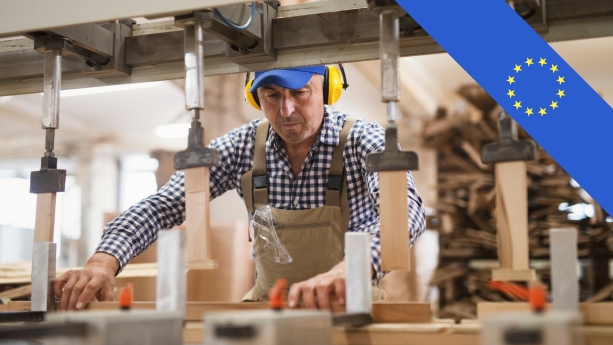
This guide explains how the EU Deforestation Regulation (EUDR) applies to imported furniture and materials used to manufacture furniture. We also address common questions about the types of furniture and materials subject to EUDR requirements.
Content Overview

FREE CONSULTATION CALL (30 MIN)
 Ask questions about compliance requirements
Ask questions about compliance requirements Countries/markets:
Countries/markets:
 Learn how we can help your business
Learn how we can help your business
You will speak with:Ivan Malloci or John Vinod Khiatani
Does the EUDR apply to furniture?
Here are two common scenarios in which the EUDR is applicable to furniture:
1. You import finished wooden furniture covered by Combined Nomenclature (CN) codes listed in Annex I.
2. You import materials listed in Annex I, which are used to manufacture furniture within the European Union.
Case Study A: Finished wooden furniture imported from Vietnam
An EU company importing finished furniture listed in Annex I from outside the EU must comply with certain provisions of the EUDR.
Case Study B: Materials imported by a furniture factory in Poland
Annex I of the EUDR lists raw and processed materials that are commonly used to manufacture furniture. An EU-based furniture manufacturer importing such materials must also comply with the EUDR.
What types of furniture are covered by the EUDR?
Here are some of the HS codes listed in Annex I of the EUDR relevant to either finished furniture or materials used in furniture manufacturing:
Wooden furniture and parts
ex 94 01 Seats (other than those of heading 9402 ), whether or not convertible into beds, and parts thereof, of wood
9403 30: Wooden furniture of a kind used in offices
9403 40: Wooden furniture of a kind used in the kitchen
9403 50: Wooden furniture of a kind used in the bedroom
9403 60: Other wooden furniture
9403 91: Wooden furniture parts
Materials
The EUDR is applicable to various raw and processed materials used to manufacture furniture. Here are some examples:
4408 Sheets for veneering (including those obtained by slicing laminated wood), for plywood or for other similar laminated wood and other wood, sawn lengthwise, sliced or peeled, whether or not planed, sanded, spliced or end-jointed, of a thickness not exceeding 6 mm
4411 Fibreboard of wood or other ligneous materials, whether or not bonded with resins or other organic substances
4412 Plywood, veneered panels and similar laminated wood
4413 Densified wood, in blocks, plates, strips or profile shapes
4414 Wooden frames for paintings, photographs, mirrors or similar objects
Leather
The EUDR also covers leather that may be used in furniture manufacturing:
ex 41 01 Raw hides and skins of cattle (fresh, or salted, dried, limed, pickled or otherwise preserved, but not tanned, parchment-dressed or further prepared), whether or not dehaired or split
ex 41 04 Tanned or crust hides and skins of cattle, without hair on, whether or not split, but not further prepared
Is some furniture exempt from the EUDR?
Yes. The EUDR does not apply to furniture which are not covered by CN codes listed in Annex I. As such, the EUDR is not applicable to all types of furniture.
Which materials used to manufacture furniture are covered by the EUDR?
Here are some examples of materials covered by CN codes listed in Annex I of the EUDR:
- Wooden planks and other sawn wood
- Plywood
- Veneered panels and similar laminated wood
- Densified wood
- Wooden particle board
- Wooden fibreboard
- Leather hides
The EUDR is also applicable to rubber parts and sheets that could be used to manufacture furniture.
Are all furniture containing wooden parts covered by the EUDR?
No, the EUDR is only applicable if a product falls under a CN code listed in Annex I. The presence of wooden parts (or of other covered materials) does not necessarily mean that the furniture product in question is automatically covered by a CN code listed in Annex I.
However, this does not mean that an importer can arbitrarily decide which CN code to declare their product under. It is possible that, in certain cases, the inclusion of certain components can result in an EUDR-listed CN code being applicable.
This must be determined on a case-by-case basis.
Does the EUDR cover furniture manufactured in the EU?
Yes, Annex I of the EUDR lists wood and other materials and components that may be used in furniture manufacturing in the EU. As such, the EUDR is not only applicable to finished furniture imported to the European Union.
Do we need to comply with the EUDR if we import wood that is processed into furniture within the European Union?
Yes, if you import wooden planks, plywood, leather hides and other materials covered by CN codes listed in Annex I, then you will likely need to comply with the EUDR.
Does the EUDR apply if we buy furniture from another EU member state?
Yes, but the obligations differ if you buy furniture or materials that are already placed on the EU market. For example, a furniture retailer buying from a supplier in an EU member state is not subject to the same due diligence requirements as an EU company importing furniture (or materials for manufacturing furniture) from outside the EU.
Which EUDR requirements apply to furniture?
Generally speaking, the EUDR sets due diligence requirements aimed at reducing the risk of importing finished goods and materials that contribute to deforestation outside the EU. In practice, this often requires that importers obtain or create documentation concerning the raw materials used to manufacture furniture or parts.
The specific requirements generally depend on the following factors:
1. Whether you are defined as an operator or a trader
2. Whether you are defined as an SME or non-SME operator/trader
3. The risk classification of the country where your supplier is located
This, in turn, decides which EUDR articles to follow, which also informs you of the specific due diligence procedures and documentation requirements that apply.
However, the EUDR does not set due diligence requirements specific to furniture. Instead, it comes down to the factors listed above.
Learn more







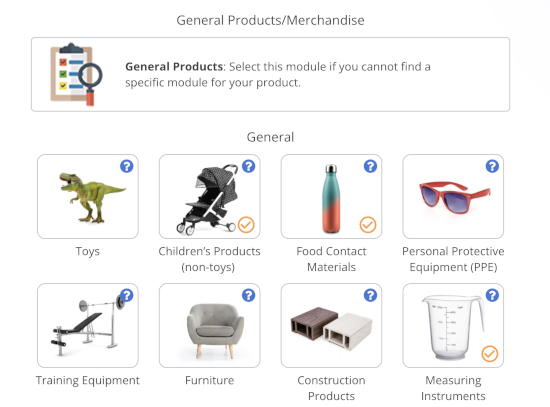






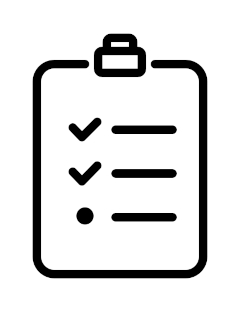


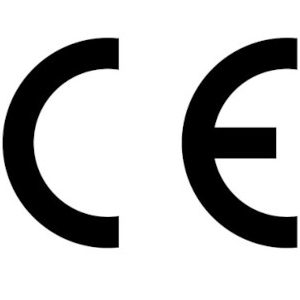




.png)
.png)
.png)
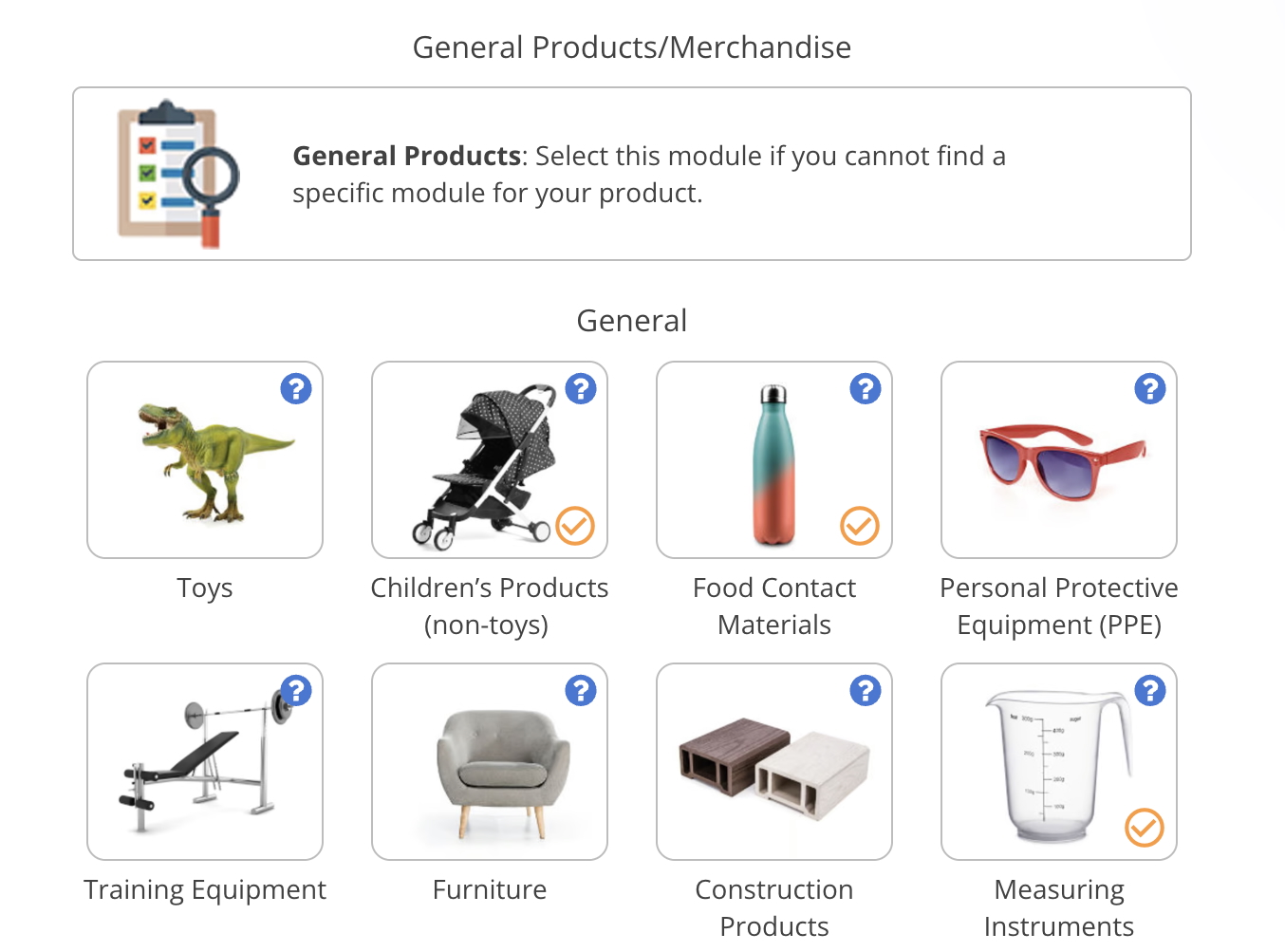


Dear all,
your answers to the questions “Does the EUDR cover furniture manufactured in the EU?” and “Does the EUDR apply if we import furniture from another EU member state?” seem to be missleading. The EUDR definitely applies to EU manufacturer and retailer of furniture. It just might be that different obligations apply.
Hello Oliver,
Thank you for your feedback
This guide was specifically meant to examine imported furniture and materials only. That said, I agree, it was not clearly expressed and has now been updated.